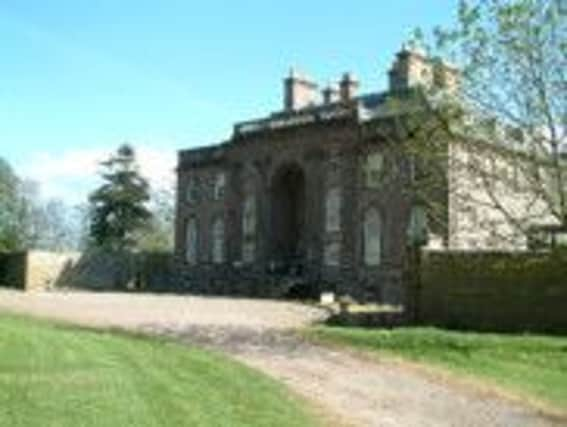Looking after our history can bring jobs rewards
This article contains affiliate links. We may earn a small commission on items purchased through this article, but that does not affect our editorial judgement.


When one of the few organisations capable of providing substantial funding to the heritage sector tells you it’s time to do things differently, you tend to sit up and take notice.
This was precisely what happened in July when the Heritage Lottery Fund (HLF) hosted the Heritage Exchange – a “key forum for sharing ideas about heritage – its role in civil society and place, and how best to ensure its resilience in the future.” By dint of synchronicity, this was similar to a debate we initiated about the National Trust for Scotland’s future.
Advertisement
Hide AdAdvertisement
Hide AdThe HLF event was of great interest to all of us who look after our heritage – and not just self-interest either. The central conclusion was that the sector is too reliant on grants and will have to demonstrate far more benefit to society if it is to be worthy of public and private investment.
This is a particular issue the NTS wants to explore. One idea is that we focus much more effort on turning our properties into “community hubs” where we can offer inclusive conservation through an intensive range of educational, vocational and social provision. We can accept that most people are simply looking for a pleasant day out when they go to a castle or country park, but this does not mean that these places cannot have other uses.
The possibilities of what heritage can do were brought home to us in a recent visit to the GalGael Trust in Govan. Here people are being given chances for rehabilitation, employment, self-respect and friendship by learning traditional skills, like boatbuilding and woodcarving, and fulfilling commissions for clients such as the government agency Historic Scotland.
At the National Trust for Scotland, we have also applied charitable funds to the objective of providing social benefit. One of the most obvious ways of doing this is by using historically and naturally significant places for educational work with schools.
All state schools in Scotland are now directed by the remit of the Scottish Curriculum for Excellence.
A number of trust properties are directly tied to elements of the curriculum, including Bannockburn, Killiecrankie, Robert Smail’s Printing Works, the Robert Burns Birthplace Museum, Fyvie Castle (for art), Ben Lomond (for conservation) and Hugh Miller’s Cottage (for geology). We have welcomed thousands of primary and secondary pupils to these and other properties.
Alongside formal education, we have entered into partnership with the Glasgow Association for Mental Health to support people who need help to improve their mental and physical wellbeing. Based at Ben Lomond, the “Skills for Life” programme enables participants to learn traditional skills and undertake activities through which they can improve their health and employment prospects. Similarly, the House of Dun, near Montrose, has joined forces with Voluntary Action Angus to providing young people with opportunities to overcome difficult backgrounds and find ways to employability.
Today, less than a quarter of children spend so little time outdoors that they have become unfamiliar with nature. “Beyond the Gate” is an initiative designed to re-connect urban dwellers with “natural” food and its sources at the Hailesland Child and Family Centre in Edinburgh. We organise weekly events there as well as trips to properties such as Newhailes in Musselburgh. Parents are helped to gain confidence in supporting their children’s active learning about the natural world, and this includes hands-on experience of the complete food cycle of sowing, growing, harvesting and cooking.
Advertisement
Hide AdAdvertisement
Hide AdIn terms of vocational training, we have been working alongside generous donors and partners to redress the rapid loss of traditional skills in Scotland.
A good example of this is the three- and four-year apprentice stonemason programmes run at Culzean Castle. Successful candidates from the scheme are awarded an SVQ in stonemasonry and an advanced craft certificate.
These are just a few examples of the ways in which heritage can deliver what can be deemed socially useful functions. The question for the trust is about how much more of this we should do in future – as well as how we can sustain such activities while bearing the real and heavy costs of general conservation maintenance.
I have already written in this newspaper about the direct economic benefit heritage brings to Scotland. Could it also help to mend our battered and bruised society too?
• Terry Levinthal is the director of conservation services and projects for the National Trust for Scotland. See also www.nts.org.uk/Charity/A-place-for-heritage/Overview/
SEE ALSO